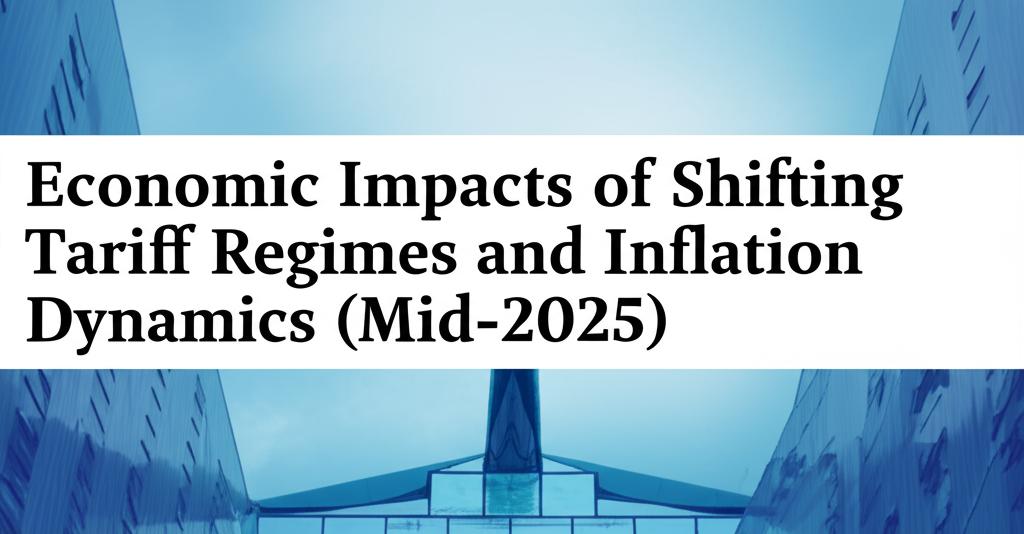Shifting tariff regimes are creating significant ripples through the global economy in mid-2025, with pronounced impacts on inflation dynamics, trade flows, and overall economic growth. The imposition of new tariffs and the recalibration of existing trade agreements have introduced a new era of uncertainty for businesses and consumers alike.
Recent analyses highlight that these tariff shifts are contributing to inflationary pressures. Increased import costs due to tariffs are, in many cases, being passed on to consumers, leading to higher prices for a range of goods. Sectors like clothing, textiles, and automobiles have seen notable price increases. For instance, some estimates suggest that recent tariffs could add a measurable percentage point increase to core inflation. This rise in consumer prices translates to a reduction in household purchasing power, with an average loss potentially amounting to thousands of dollars annually per household.
The implementation of broad-based tariffs has led to a notable increase in the average effective tariff rates for major economies like the United States, reaching levels not seen in decades. This protectionist stance, coupled with retaliatory measures from other countries, is significantly impacting global trade volumes. Projections indicate a potential contraction in global merchandise trade, with some analyses suggesting a decline of over 5%, and even steeper declines in specific sectors like transport and electrical equipment. This disruption extends throughout global value chains, as many traded goods are intermediate inputs that cross borders multiple times.
The economic consequences of these shifting tariff regimes extend to broader macroeconomic indicators. Several forecasts point to a slowdown in global GDP growth, with some downgrades attributed directly to the new tariff measures and the ensuing trade tensions. The United States, a key implementer of recent tariff changes, is projected to see a reduction in its real GDP growth. Other major economies, including China and the Eurozone, are also expected to experience negative impacts on their growth trajectories, albeit to varying degrees.
This environment of increased tariffs and trade friction is also affecting business sentiment and investment decisions. Heightened uncertainty is causing some firms to pause investments, reassess supply chains, and adjust hiring plans. Specific industries, such as manufacturing, agriculture, and mining, face considerable challenges due to their reliance on international trade.
Furthermore, the shifting tariff landscape has implications for labor markets. Some analyses project an increase in unemployment rates and a reduction in payroll employment as a consequence of the new trade policies. While some sectors, like domestic manufacturing, might see a degree of expansion in the long run due to protectionist measures, this often comes at the cost of contraction in other sectors like construction and agriculture.
In response to these economic headwinds, some countries are implementing fiscal support measures to stabilize their domestic economies. However, the overall outlook remains one of heightened volatility and uncertainty, with the trajectory of global economic performance in the coming months and years heavily dependent on the evolution of trade policies and the potential for de-escalation of trade tensions. Monetary policy is also facing new challenges, with central banks needing to remain agile in the face of potential trade-offs between controlling inflation and supporting economic output.

